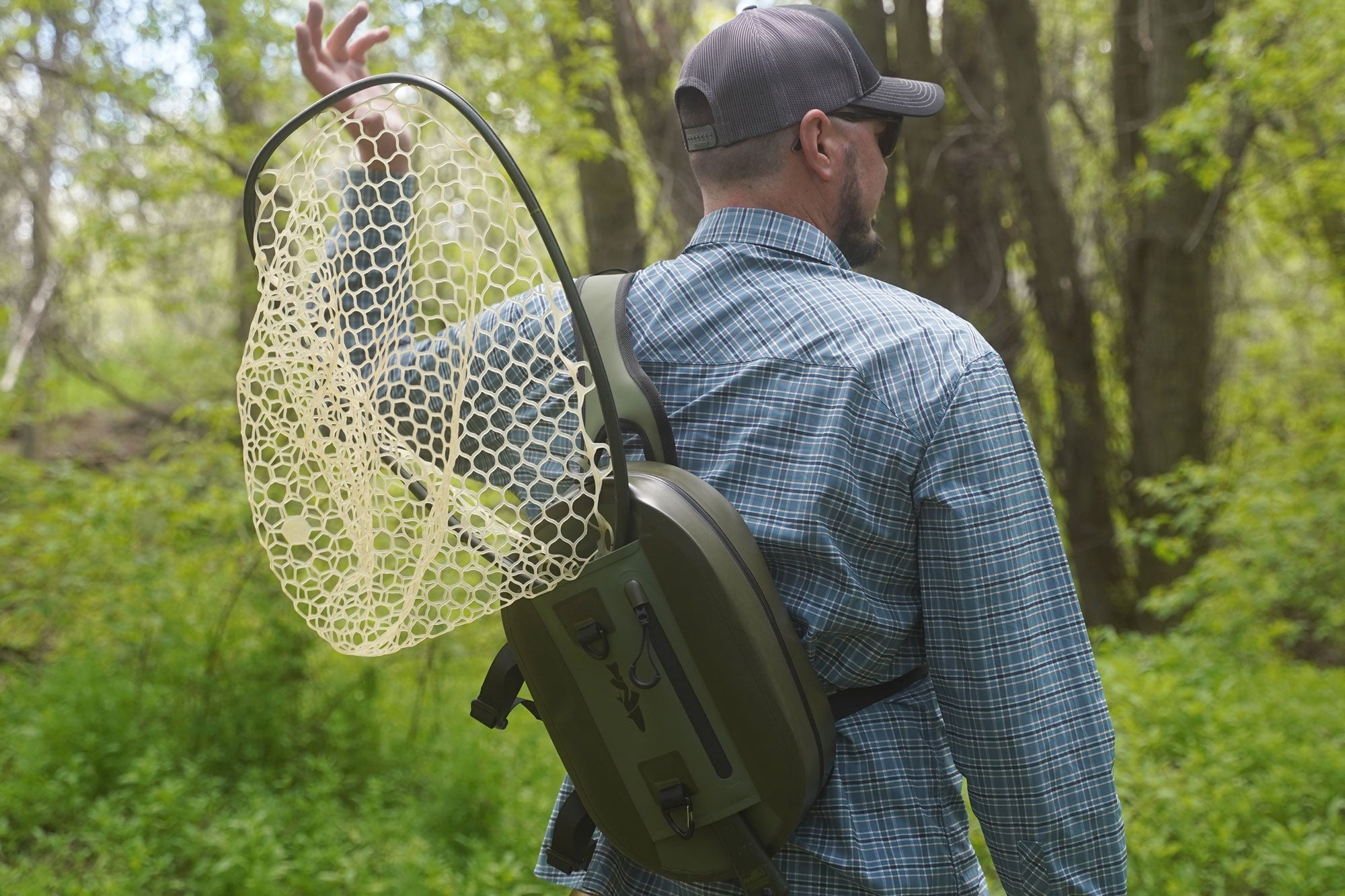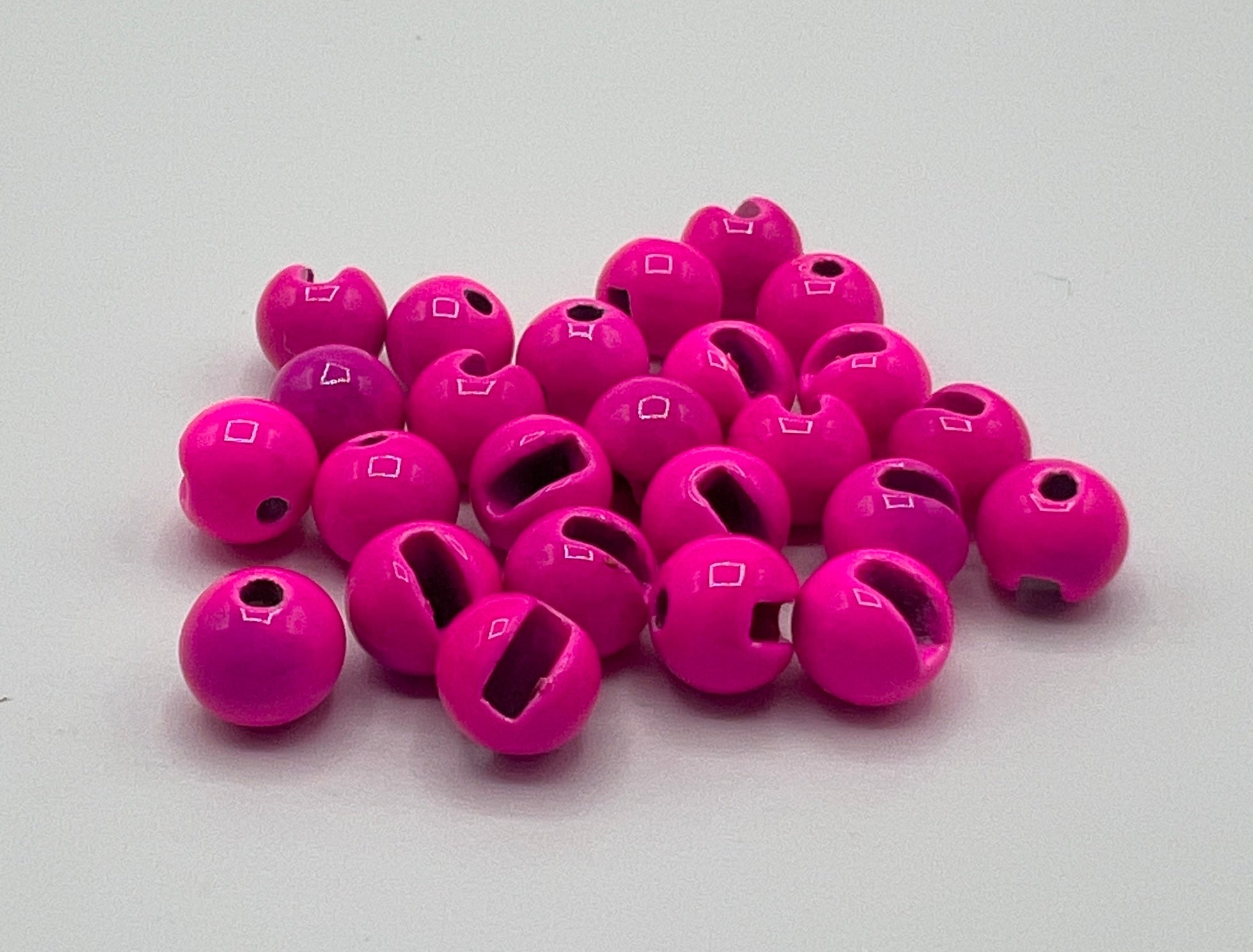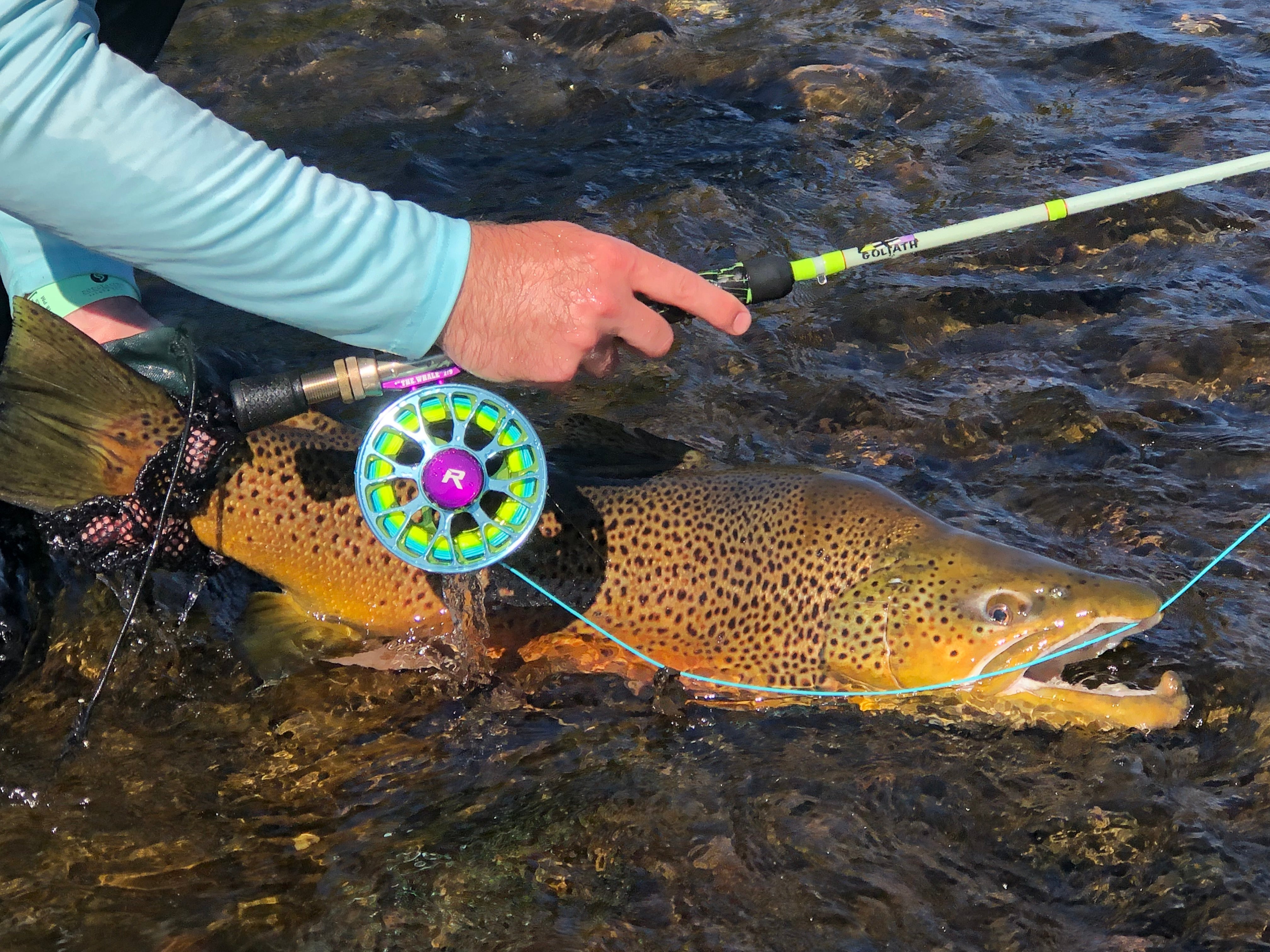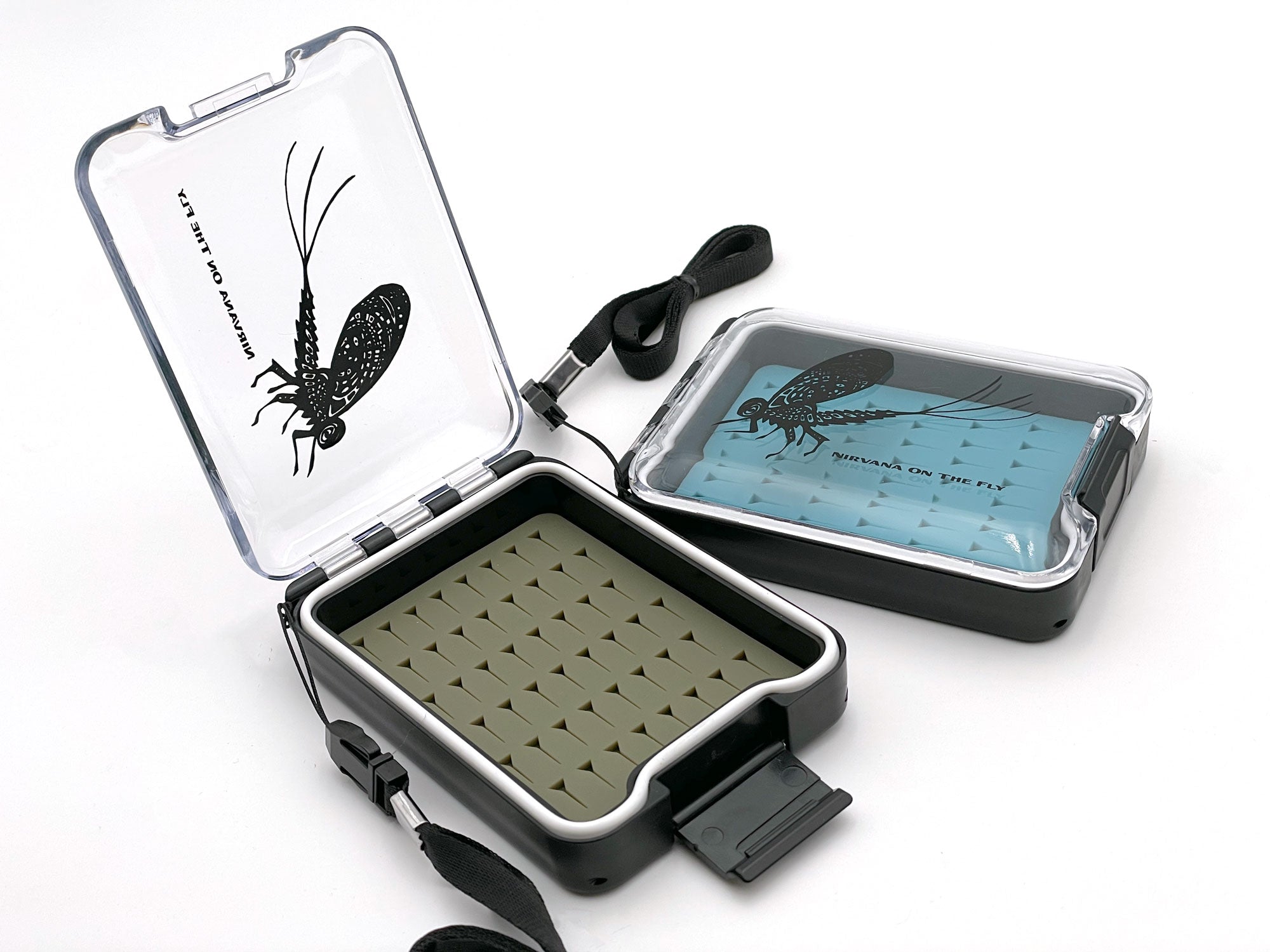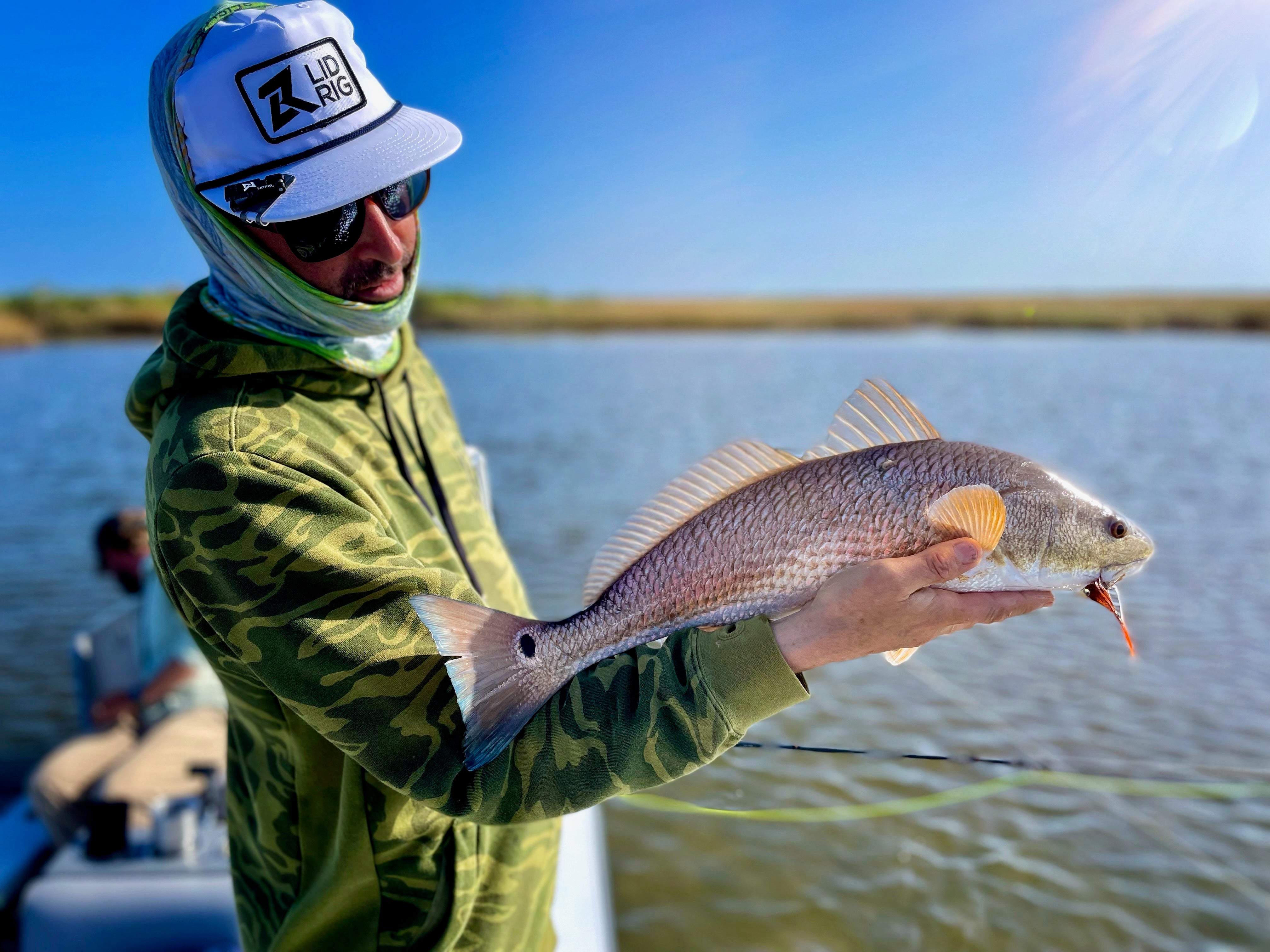How Do Water Temperatures Affect Fly Fishing
Below is a table with the optimal Metabolic Feeding Temperatures and their Optimal Metabolic Feeding Ranges for a list of commonly targeted fly fishing species. The temperatures provided are approximate and should be cross-referenced with specific scientific research for accuracy and may vary across regions and or waterways. However, as an approximate estimate, these are temperatures that best suit the species for feeding.
In freshwater scenarios is it common to carry a thermometer to check temperature throughout the day. Whereas in saltwater it may be more effective to look at tidal situations. Thermographic maps can help to understand flows and fluctuations. Regardless, feeding temperatures can make a major difference in the actions of fish so keep them in mind when prospecting.
Metabolic feeding temperatures are crucial for anglers to understand because they directly influence the feeding behavior, activity levels, and habitat preference of fish, whether in freshwater or saltwater environments. I’m going to highlight a few areas of influence and why they are important to understand.
Average Metabolic Feeding Temperature by Species


Freshwater Fish and Water Temperature
- Temperature Range: Freshwater fish often have a narrower temperature range in which they thrive. This is because freshwater ecosystems like rivers, lakes, and streams can experience more significant seasonal and diurnal (daytime) temperature fluctuations compared to the ocean.
- Species-Specific Ranges: Each freshwater species has its own preferred temperature range. For example, trout often prefer cooler waters, while bass might thrive in warmer temperatures. Understanding these preferences helps anglers determine where and when to fly fish for specific species.
- Metabolic Rates: The temperature of the water affects the metabolic rate of fish. In colder water, fish's metabolism slows down, and they become less active and feed less. Conversely, in warmer water, their metabolism increases, leading to more active feeding behavior. However, extremely high temperatures can lead to stress and decreased oxygen levels, reducing fish activity. Take all the different factors into account and you can find optimal temperatures for feeding fish. When limited on time this is good to know as you can often shift your day accordingly.
- Water Column Temperature Masses: Stillwater commonly has large masses of water columns that carry different water temperatures called Thermoclines. These vast amounts of water help distribute food and fish into different feeding zones and can keep fish feeding throughout the day but in various columns, as temperatures change. Want to know more about this then listen to this episode on the Fly Fishing Insider Podcast.
Saltwater Fish and Water Temperature
- Broader Tolerance Range: Saltwater fish, particularly those in the open ocean, often have a broader tolerance range for temperature, as oceanic temperatures are more stable than freshwater bodies. The larger bodies of water have thermoclines, which are again, various columns of water with various masses of temperature. This is common with Stillwater scenarios as described earlier.
- Migration and Feeding: Saltwater fish may migrate over vast distances, following temperature gradients that align with their metabolic feeding temperatures. This migration ensures they remain in environments where food availability is optimized for their survival. Talk to any fishing captain on a saltwater boat and they will watch thermographic maps to identify where fishing grounds are.
- Thermoclines: Saltwater environments often have thermoclines, which are layers of water with different temperatures. Fish may inhabit different layers based on their temperature preference, influencing where anglers should target them. The fantastic thing about thermoclines is that fish can move from one to the other as temperatures change throughout a day or season. Knowing this may make you change locations or species given the time, equipment, etc. that you have.
What is the Importance of Water Temperature for Fly Fishing Anglers
- Locating Fish: Knowing the optimal metabolic feeding temperatures helps anglers locate fish. Fish are most likely to be found in areas of the water body that match their preferred temperature range. Remember we aren’t looking for a solution but a means to narrow down so we can improve on our actions.
- Activity Levels: Temperature influences how active fish are and how aggressively they feed. Anglers can adjust their techniques based on these activity levels - using different baits, lures, and fishing methods. In an active environment, I may fish with one nymph in a wider grid if I was euro nymphing. Whereas in an inactive environment, I may target multiple water columns with a three-nymph rig and grid off the water tightly to ensure I’m presenting to fish.
- Seasonal Fishing Strategies: Anglers can plan their fishing trips around seasonal temperature changes, targeting specific species when they are most likely to be active. You can even break this down into small increments like days and weeks when you know temps are going to be better suited for more tolerant species.
- Conservation: Understanding these temperatures is also crucial for conservation. Fishing during periods of temperature stress can further harm fish populations. Responsible anglers use this knowledge to minimize their impact on the ecosystem. I can recall being in Montana during Hoot Owl regulations and knowing that at times the fish were specifically stressed so we found other activities.
Metabolic feeding temperatures are a key piece of knowledge for both freshwater and saltwater anglers, allowing them to fish more effectively and responsibly by aligning their strategies with the natural behavior and well-being of the fish. Take the former charts and look to see what you find in common with some of your favorite species or favorite species by location. How can the data help you?
If you liked this article here are several other key tips towards becoming a better angler.

By Christian Bacasa
Host of the Fly Fishing Insider Podcast
www.ffipodcast.com
@flyfishinginsiderpodcast
@dupeafish


